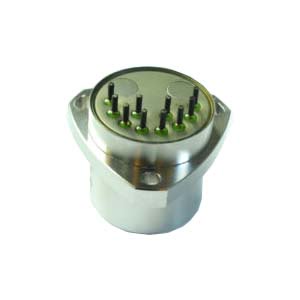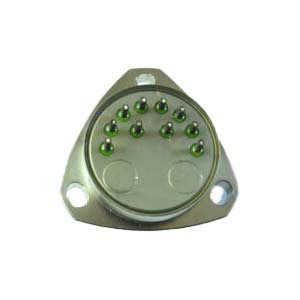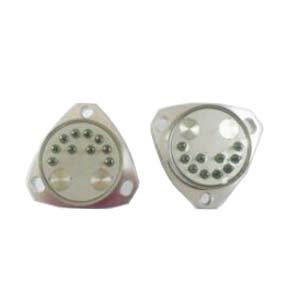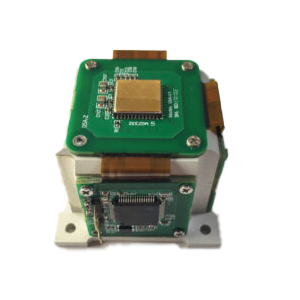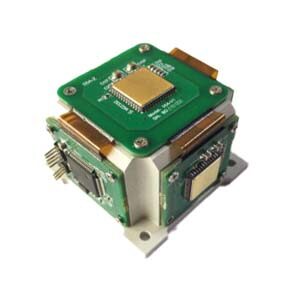Quartz accelerometer is a device that uses the piezoelectric effect of quartz crystal to measure acceleration. Quartz accelerometer has the characteristics of high precision, high stability and fast response, and has been widely used in space vehicle, navigation system, earthquake monitoring and other fields.
The structure of quartz accelerometer
Quartz accelerometers are generally composed of quartz crystals, mass blocks and electrodes. The quartz crystal is used as the core component of the sensor, the mass block is used to sense the acceleration, and the electrode is used to measure the piezoelectric charge. Quartz crystals usually have a biaxial symmetrical structure and are composed of two piezoelectric crystal sheets. The piezoelectric axes of the two wafers are perpendicular to each other, allowing acceleration to be measured in any direction. The mass block is attached to the center of the quartz crystal, and when acceleration occurs, the mass block will move relative to the crystal, causing the crystal to produce pressure.
Electrodes are mounted on the surface of a quartz crystal and are used to measure the piezoelectric charge. When the crystal is subjected to pressure, the distribution of positive and negative charges inside the crystal changes, and positive and negative charges accumulate on the electrode, forming a potential difference. By measuring the potential difference on the electrode, the magnitude of the acceleration can be obtained indirectly.
Housing (fixed to the measured object), reference quality, sensitive components, signal output, etc. Accelerometers require a certain range and accuracy, sensitivity, etc. These requirements are often contradictory to some extent. Accelerometers based on different principles have different ranges (from a few g to hundreds of thousands of g), and their sensitivities to sudden acceleration frequencies are also different. The principles underlying common accelerometers are:
① The reference mass is connected to the housing by a spring (see figure). The relative displacement between it and the housing reflects the magnitude of the acceleration component. This signal is output as a voltage through a potentiometer;
② The reference mass is fixedly connected with the elastic thin rod and the shell. The dynamic load caused by the acceleration deforms the rod. The magnitude of the deformation is induced by the strain resistance wire. The output is an electrical signal proportional to the size of the acceleration disc;
③ The reference mass is fixedly connected to the housing through the piezoelectric element. The dynamic load of the mass generates pressure on the piezoelectric element. The piezoelectric element outputs an electrical signal proportional to the pressure or acceleration component:
④ The reference mass is connected to the case by a spring and placed inside the coil. The displacement reflecting the magnitude of the acceleration component changes the inductance of the coil, thereby outputting an electrical signal proportional to the acceleration. In addition, there are servo-type accelerometers, in which a feedback loop is introduced to improve the accuracy of the measurement. In order to measure the acceleration vector in a plane or space, two or three accelerometers are required, each measuring an acceleration component.
In the navigation system, the quartz accelerometer can be used to measure the acceleration of vehicles such as cars and aircraft, so as to achieve inertial navigation and positioning.
In earthquake monitoring, quartz accelerometers can be used to measure the acceleration of seismic waves, so as to study the occurrence mechanism of earthquakes and predict the risk of earthquakes.
If you want to get more details about Accelerometer ,pls visit https://www.ericcointernational.com/accelerometer/
More Technical Questions
1.Calibration Method of Accelerometer
2.How to Improve the Impact Resistance of Quartz Accelerometer
3.Temperature Error Analysis of Quartz Accelerometer
4.Study on the Stability of Quartz Accelerometer Head
5.What is the Quartz Accelerometer Digital Closed Loop Servo Circuit?
6.What is Sensitivity and Measurement Range in Quartz Accelerometer?
Products in Article
